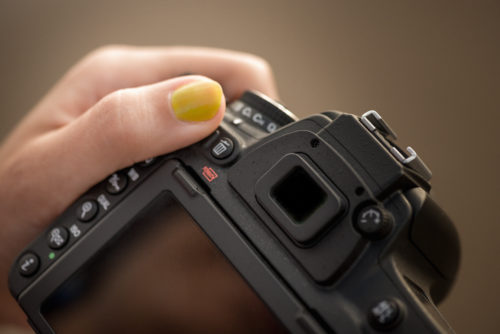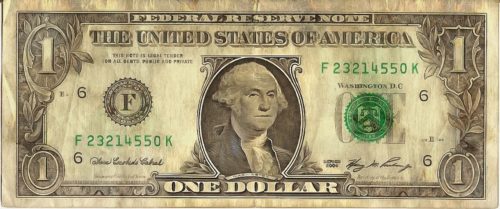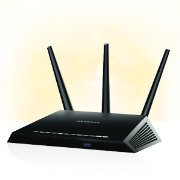Entire books have been written on the subject of buying a camera, with detailed arguments one way or another in terms of what’s the best way to proceed and which cameras are best to start off with. This is all well and good for advanced professionals seeking that little bit of extra that will heighten the already great work they do, but where does the beginner start? Which one of the many cameras on the market is the right one to point, shoot, and learn the fundamentals? After all, most of us simply want nice looking photos that we can share and put out on Facebook, Instagram or some social media site.

Coming up with what’s important for you and your needs versus that of a pro can take some time. For example, aside from the Megapixel rating of a camera, you can also check whether it has the capability to shoot in RAW. RAW photographs contain more data, which allows greater control in editing. Is that something that’s important to you or does it feel w-aaay over your head at the moment?
Hopefully, you have a photography friend to ask advice of, but there are a few basic concepts the average Joe or Jane can keep in mind when searching for his or her beginner’s camera.
How to Choose a Camera
ISO
The ISO camera setting tells you how sensitive a camera is to light, which is an indication of the quality you can expect in low-light or bright scenarios. High ISO, such as anything that is greater than 1600, offers excellent low-light shooting capability. However, be aware that this can introduce some noise into your photographs.
Of course, this can be a stylistic choice, and you can deal with some of these issues in editing when you shoot in RAW. Higher ISO cameras tend to cost a lot of money (as in being $1000 and up), and pair well with the right kinds of lenses – themselves an additional cost. This isn’t to discourage you from purchasing them, but you might want to consider fundamentals before you dive into something capable of night-time landscapes. Aim for an ISO that will work well for cities at night, which is anything under 2000 or so, and you should have plenty of range to work with.
Lenses
 One of the advantages of buying a brand name like Canon is the wide compatibility the camera has with lenses made by third parties. Many major market cameras use standardized lens fittings, dramatically lowering the cost of lenses. There’s a reason to buy quality lenses, which offer superior photo quality, but the beginner breaking into photography most likely has a price ceiling in mind.
One of the advantages of buying a brand name like Canon is the wide compatibility the camera has with lenses made by third parties. Many major market cameras use standardized lens fittings, dramatically lowering the cost of lenses. There’s a reason to buy quality lenses, which offer superior photo quality, but the beginner breaking into photography most likely has a price ceiling in mind.
If you own a camera or have access to a friend’s old equipment, you might want to consider buying the brand that matches their equipment to keep things uniform and lower initial costs if that friend is willing to share. And if that’s not an option, stick with popular brands so that you can easily find additional equipment used or at reasonable prices available from various 3rd party manufacturers. In fact, looking for used equipment isn’t a bad way to get started! You might find such a deal that for less than half price, you’ll get better equipment than you would could afford new.
Price Range

Price range is a crucial consideration because it’s important that you get the results that you are looking for in every piece of equipment you buy. You need to set a threshold for price or you will go broke trying to experiment. It’s best to consider the type of photography you most want to shoot, then make purchase decisions from there. A new camera can cost anywhere from $50 for the truly basic level to over $1000 if you want something with all the features and the ability to customize your settings and shots to the greatest details.
And remember, if you are choosing a camera that’s more than just a point and shoot style of camera, you need to also consider the cost of accessories like filters or other accessories. High contrast camera filters can dramatically change the look of a photograph before it ever enters editing, and allow for some shots that you simply can’t get with a normal lens.
Lighting is another place where money spent wisely yields rewards. This is especially true indoors, where shadows and lighting are critical in framing a dramatic shot. Are these items that you need when you are just starting out? Not really. But depending upon your goals, they are factors in determining your budget and how much this is going to cost.
Other Considerations
 Today’s cameras have a lot of modern upgrades that may or may not feel worth it to you. WiFi compatibility is an important one to consider because it makes transferring photos after a shoot much easier. Shooting in 4K is also nice, especially when video is available. Just make sure you can watch the footage on a 4K television to get the most out of it.
Today’s cameras have a lot of modern upgrades that may or may not feel worth it to you. WiFi compatibility is an important one to consider because it makes transferring photos after a shoot much easier. Shooting in 4K is also nice, especially when video is available. Just make sure you can watch the footage on a 4K television to get the most out of it.
So, is all of this making sense or are you feeling overwhelmed now? We can’t blame you if you are! You can overwhelm yourself with options when you are trying to buy a camera or get one for a loved one as a gift, but focus on what’s important:
- ISO
- lens compatibility
- the basics of photo and color quality
- Pricing to stay within your budget
- Look at some sample shots too.
Try and remember that buying your first camera should be fun! Much of the value from your first camera comes from studying the fundamentals of exposure, so don’t overwhelm yourself with the details when you are trying to purchase your first camera. If you stick to one of the major players, you’re sure to get started in the right direction. So no matter if you just want a basic camera for some fun family shots or want to really develop and dive into photography, the fundamentals of what to look for remain the same. And with time and practice, you’ll be able to further develop your skills and expertise and take your photos to the next level! Good luck in finding just the right camera for your needs~